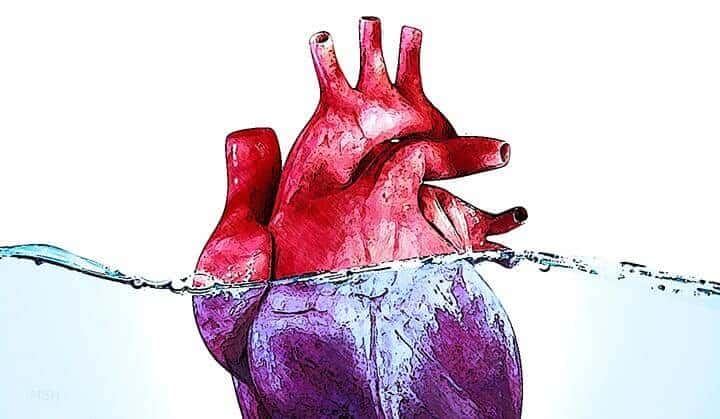A new algorithm developed by Stanford computer scientists can sift through hours of heart rhythm data generated by some wearable monitors to find sometimes life-threatening irregular heartbeats, called arrhythmias. The algorithm, detailed in an arXiv paper, performs better than trained cardiologists, and has the added benefit of being able to sort through data from remote locations where people don’t have routine access to cardiologists.
“One of the big deals about this work, in my opinion, is not just that we do abnormality detection but that we do it with high accuracy across a large number of different types of abnormalities,” said Awni Hannun, a graduate student and co-lead author of the paper. “This is definitely something that you won’t find to this level of accuracy anywhere else.”
People suspected to have an arrhythmia will often get an electrocardiogram (ECG) in a doctor’s office. However, if an in-office ECG doesn’t reveal the problem, the doctor may prescribe the patient a wearable ECG that monitors the heart continuously for two weeks. The resulting hundreds of hours of data would then need to be inspected second by second for any indications of problematic arrhythmias, some of which are extremely difficult to differentiate from harmless heartbeat irregularities.
Researchers in the Stanford Machine Learning Group, led by Andrew Ng, an adjunct professor of computer science, saw this as a data problem. They set out to develop a deep learning algorithm to detect 14 types of arrhythmia from ECG signals. They collaborated with the heartbeat monitor company iRhythm to collect a massive dataset that they used to train a deep neural network model. In seven months, it was able to diagnose these arrhythmias about as accurately as cardiologists and outperform them in most cases.
The researchers believe that this algorithm could someday help make cardiologist-level arrhythmia diagnosis and treatment more accessible to people who are unable to see a cardiologist in person. Ng thinks this is just one of many opportunities for deep learning to improve patients’ quality of care and help doctors save time.
Building heartbeat interpreter
The group trained their algorithm on data collected from iRhythm’s wearable ECG monitor. Patients wear a small chest patch for two weeks and carry out their normal day-to-day activities while the device records each heartbeat for analysis. The group took approximately 30,000, 30-second clips from various patients that represented a variety of arrhythmias.
“The differences in the heartbeat signal can be very subtle but have massive impact in how you choose to tackle these detections,” said Pranav Rajpurkar, a graduate student and co-lead author of the paper. “For example, two forms of the arrhythmia known as second-degree atrioventricular block look very similar, but one requires no treatment while the other requires immediate attention.”
To test accuracy of the algorithm, the researchers gave a group of three expert cardiologists 300 undiagnosed clips and asked them to reach a consensus about any arrhythmias present in the recordings. Working with these annotated clips, the algorithm could then predict how those cardiologists would label every second of other ECGs with which it was presented, in essence, giving a diagnosis.
Success and the future
The group had six different cardiologists, working individually, diagnose the same 300-clip set. The researchers then compared which more closely matched the consensus opinion – the algorithm or the cardiologists working independently. They found that the algorithm is competitive with the cardiologists, and able to outperform cardiologists on most arrhythmias.
“There was always an element of suspense when we were running the model and waiting for the result to see if it was going to do better than the experts,” said Rajpurkar. “And we had these exciting moments over and over again as we pushed the model closer and closer to expert performance and then finally went beyond it.”
In addition to cardiologist-level accuracy, the algorithm has the advantage that it does not get fatigued and can make arrhythmia detections instantaneously and continuously.
Long term, the group hopes this algorithm could be a step toward expert-level arrhythmia diagnosis for people who don’t have access to a cardiologist, as in many parts of the developing world and in other rural areas. More immediately, the algorithm could be part of a wearable device that at-risk people keep on at all times that would alert emergency services to potentially deadly heartbeat irregularities as they’re happening.
Additional authors of the paper include Masoumeh Haghpanahi and Codie Bourn of iRhythm. Additional information is available at the project website.


